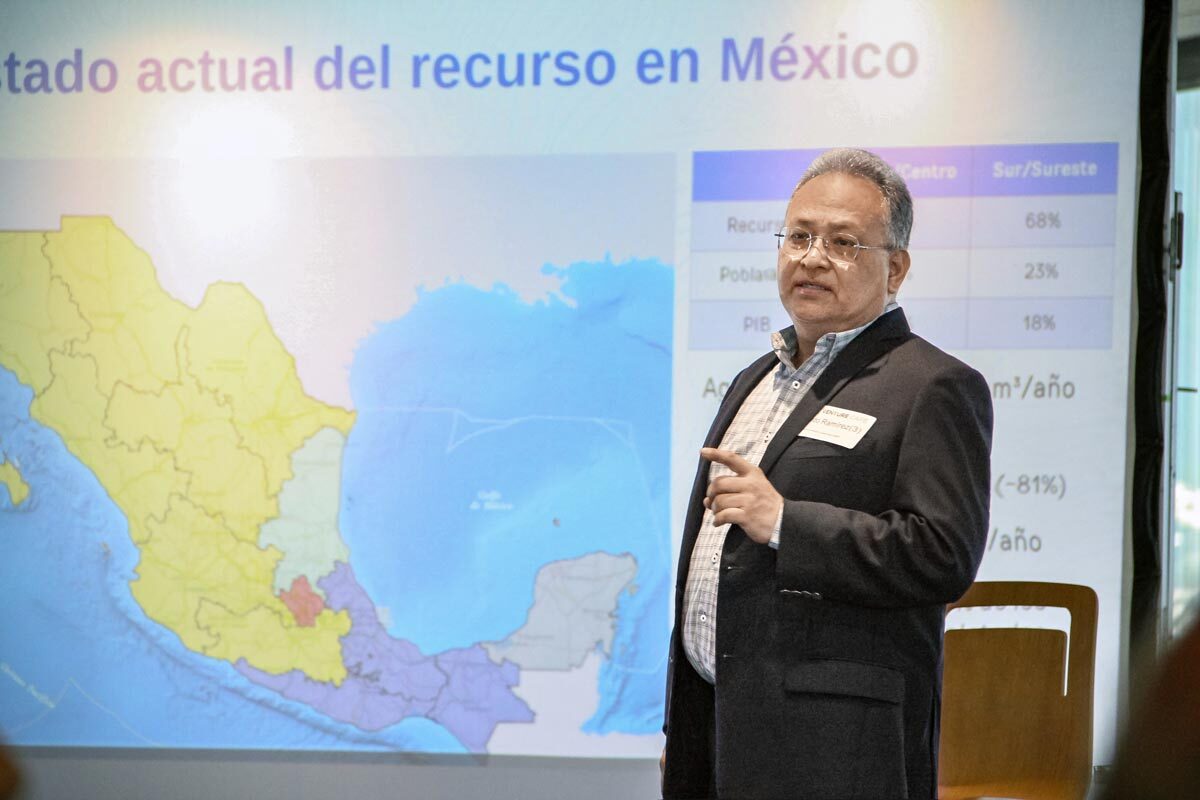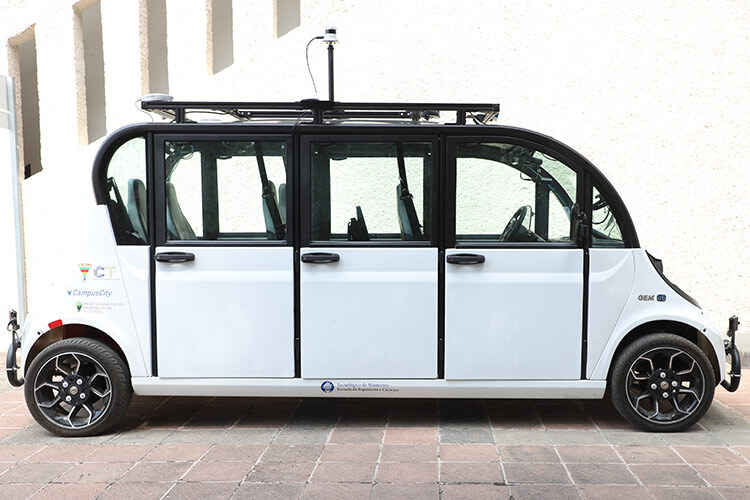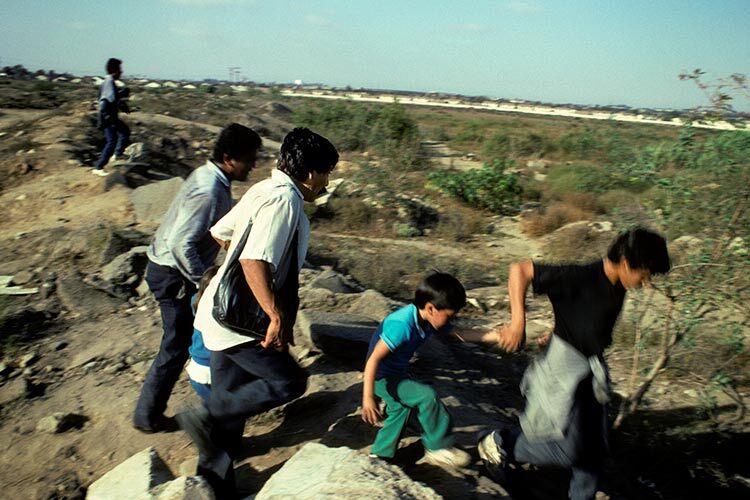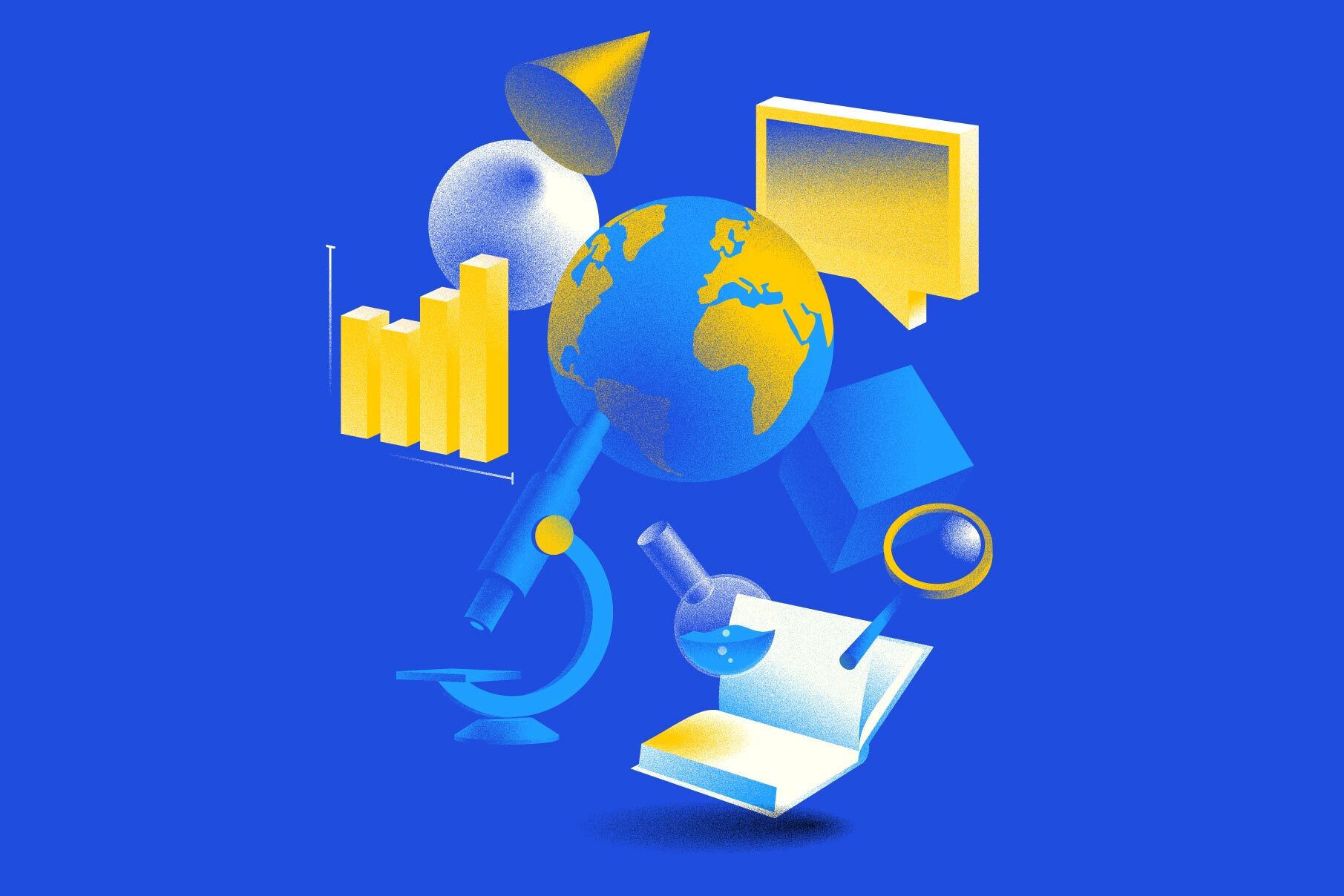According to a report by the United Nations (UN), around 2 billion people live in countries experiencing water scarcity. According to the World Bank, 771 million people lack access to essential water services. Mexico is not exempt from this issue, which stems from inadequate water management and droughts.
Despite the rains brought by Cyclone Alberto, data from the National Water Commission (Conagua) and the National Meteorological Service as of June 30, 2024, indicate that only three out of Mexico’s 32 states were unaffected by dry periods. In total, 1,463 municipalities out of the country’s 2,471 are experiencing drought, affecting over 59% of the nation.
Aldo Ramírez, director of the Water Center at Tec de Monterrey, highlighted the current pressure on this resource, involving challenges such as demand, climate change, and water management. The expert suggests identifying opportunities through technology and innovation to address this crisis.
“In 1950, we had 17,750 cubic meters of water per person annually, but last year it was 3,358, an 81% decrease in renewable water availability,” commented Ramírez during the Open Water Talks at Venture Café, Tec’s Monterrey campus.
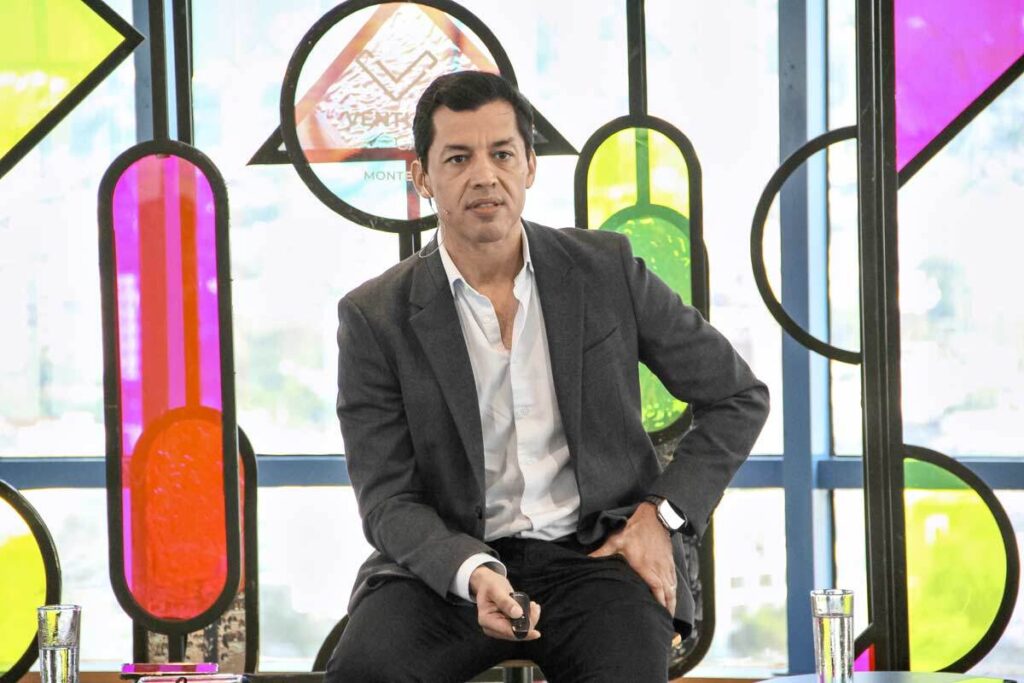
Water Scarcity in Mexico: Challenges and Opportunities
According to Conagua, Mexico has over 461,600 billion cubic meters of renewable water. However, scarcity arises due to a growing demand, posing a significant challenge nationwide.
“Just in the metropolitan area of Monterrey, we need nearly half a cubic meter per second additional every year, 500 liters per second additional; a new dam under construction will provide 1.6 liters per second, so in three years, it won’t be sufficient,” Ramírez explained.
As noted by the Water Center director, other major challenges include variability and climate change, leading to more intense and prolonged meteorological phenomena such as stronger hurricanes and severe droughts.
Inefficiencies in water management, with high percentages of leaks and unaccounted water, overexploited sources, and potentially inadequate or outdated infrastructure, further complicate addressing this issue.
Ramírez proposes harnessing technology and innovation to confront these challenges, such as Artificial Intelligence, virtual reality, and data analytics tools.
Eduardo Ortegón, director of Technology and Innovation at Servicios de Agua y Drenaje de Monterrey, discussed strategies being implemented in the region, focusing on these advanced tools.
“We are embracing digitalization in the water sector, significantly reducing unaccounted water. This helps us sustainably use the limited water resource,” noted Ortegón.
He explained the implementation of macro sectors with regulators, intelligent meters, and a digital platform for generating and analyzing data on water pressure and volumes in specific circuits or areas.
“We’ve shown that continuous service saves more water than intermittent supply, which damages old networks and causes more leaks. This approach saves around 33% of water,” Ortegón added.
Among other actions, they are conducting tests with different technologies to detect non-visible leaks and, soon, with an algorithm to detect clandestine users.
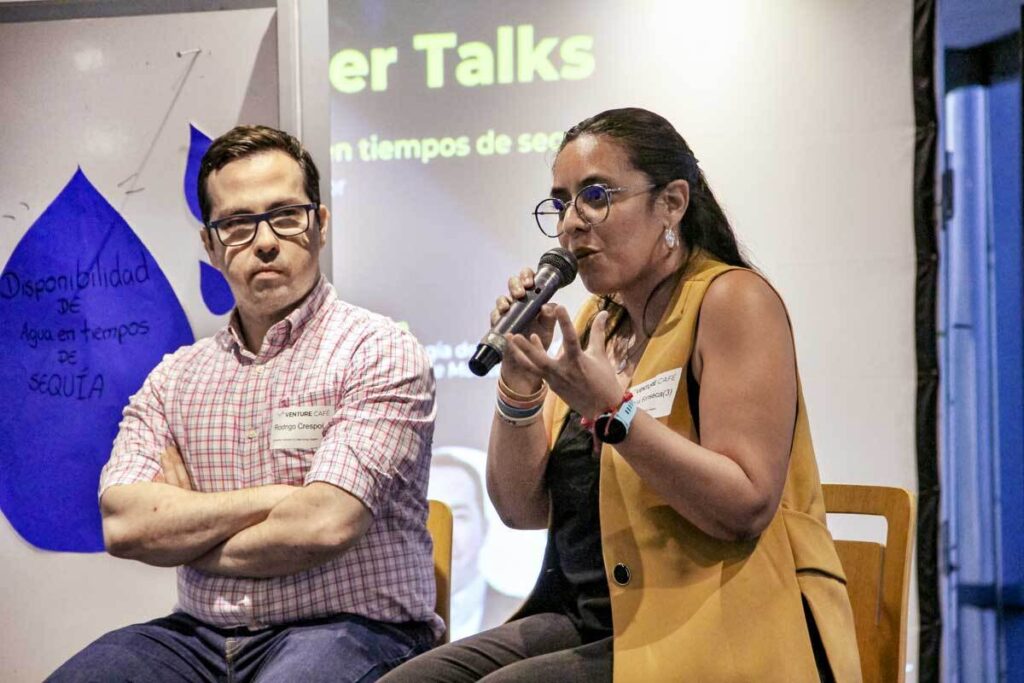
“It’s not just about whether there’s water or not, but how you manage it…”
In 2018, population growth combined with one of Cape Town’s worst water crises coined the term “Day Zero,” referring to a scenario where a region cannot meet its water demands.
Roxana Fonseca, a hydrology specialist at Tec de Monterrey’s Water Center, emphasized that while drought is a temporary and recurring natural phenomenon, water scarcity results from human mismanagement.
She cited the recent water supply issue in Santa Catarina, Nuevo León, where despite rainfall, trucks had to deliver water due to infrastructure failures.
One of the leading causes of such failures was damage to roads and pipelines in the Huasteca area, prompting Fonseca to advocate for studies focusing on prevention, risk analysis, and infrastructure vulnerability.
Rodrigo Crespo, director of Monterrey’s Metropolitan Environmental Fund, agreed that cyclones and tropical storms like Alberto can relieve surface and groundwater sources. However, cities may still face water scarcity in significant sections or regions.
“It’s not just about whether there’s water, but how you manage it, how you distribute it, and the state of your electrical systems. You can have full water sources, but without electricity for pumping, you can’t distribute or treat it properly,” Crespo emphasized.
He stressed the need for long-term planning for these systems in Mexico, where political cycles often disrupt continuity in water projects and operations.
Crespo also highlighted the importance of utilizing treated wastewater, promoting its reuse in both industrial and residential sectors, and supporting water operators to solve distribution issues and expand systems for a surplus in supply and demand, using efficient and environmentally friendly alternatives.
Water Disruption Challenge 2024 Presented
As part of ongoing dialogue and reflection on water resources, Tec de Monterrey’s Water Center and The Next Decade initiative introduced the second edition of the “Water Disruption Challenge.” This initiative calls on water operators in Mexico to identify needs and challenges and seek solutions alongside innovation and entrepreneurship communities.
The challenge focuses on finding innovative solutions in two areas: improving access to clean water and sanitation and accelerating digital transformation within water management organizations.
“We are looking for innovative companies with technologies to detect and repair water leaks, smart devices for monitoring or regulating consumption, initiatives promoting water-saving habits through awareness and education programs, solutions for wastewater treatment enabling reuse, as well as AI tools and big data analytics to predict consumption patterns and water availability,” stated Lina Rodríguez, Manager of Strategic Innovation Projects at Tec.
The deadline for submissions to the challenge is September 3rd.
Were you interested in this story? Do you want to publish it? Contact our content editor to learn more about marianaleonm@tec.mx
